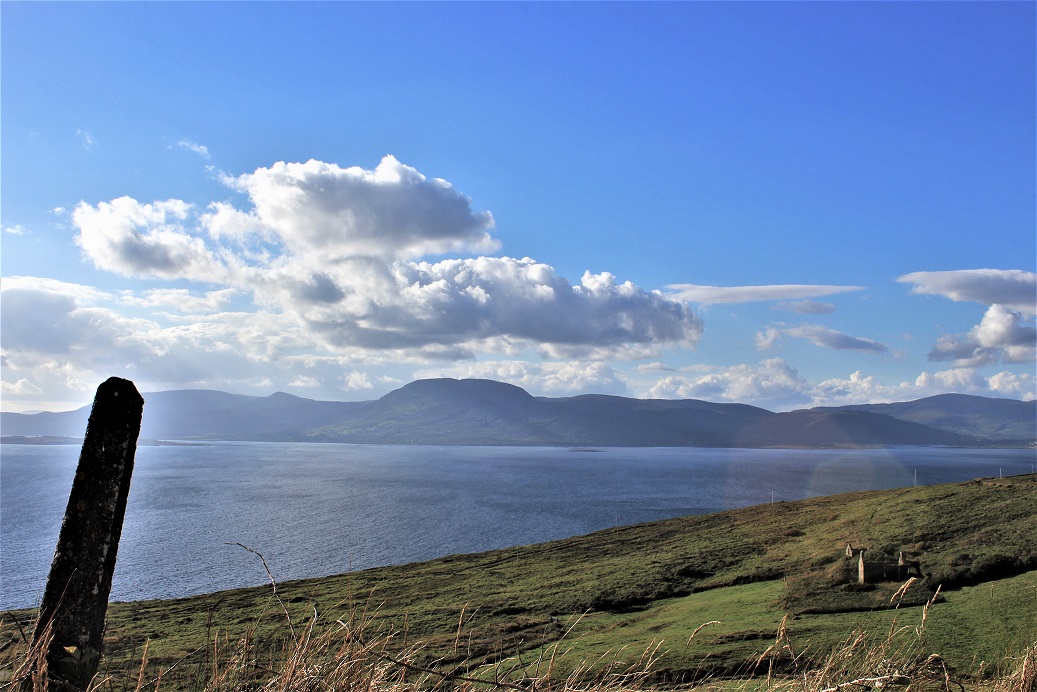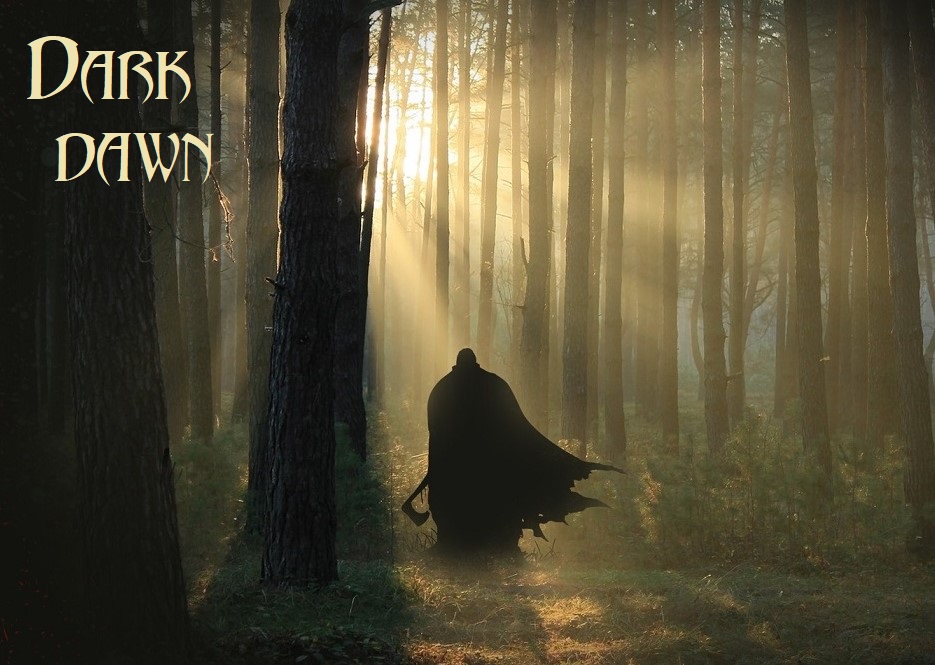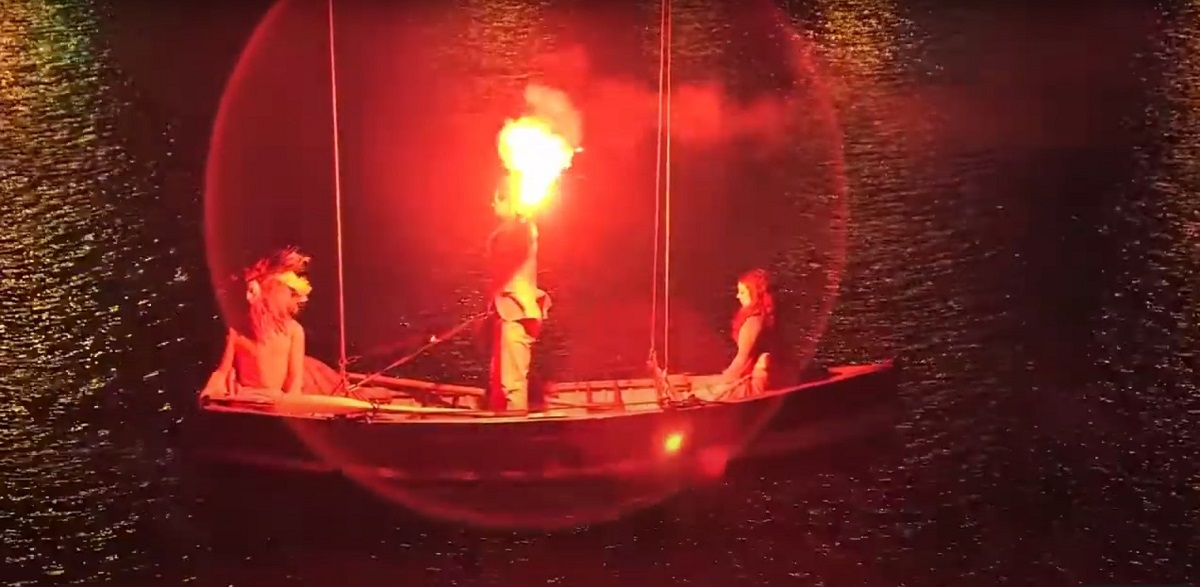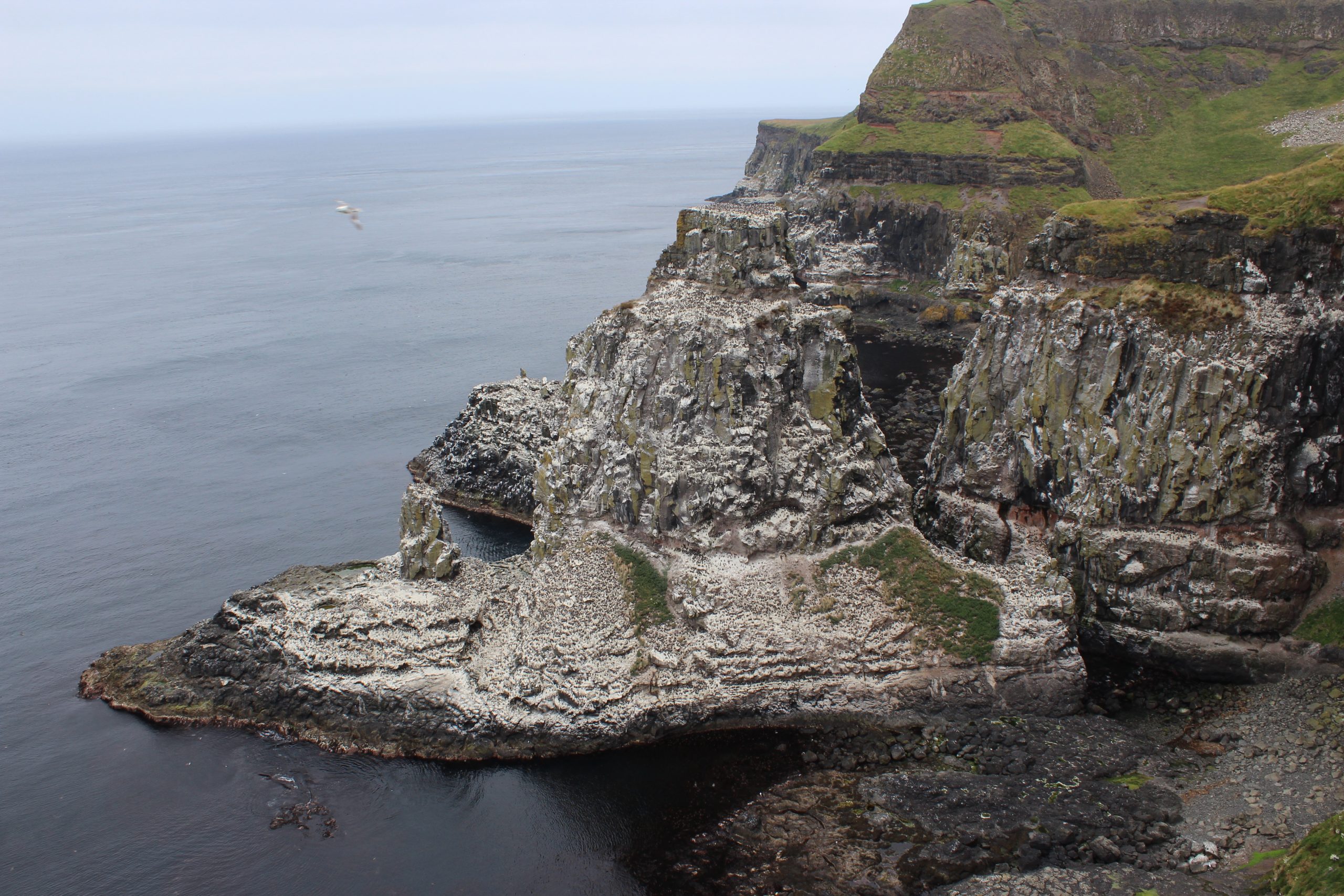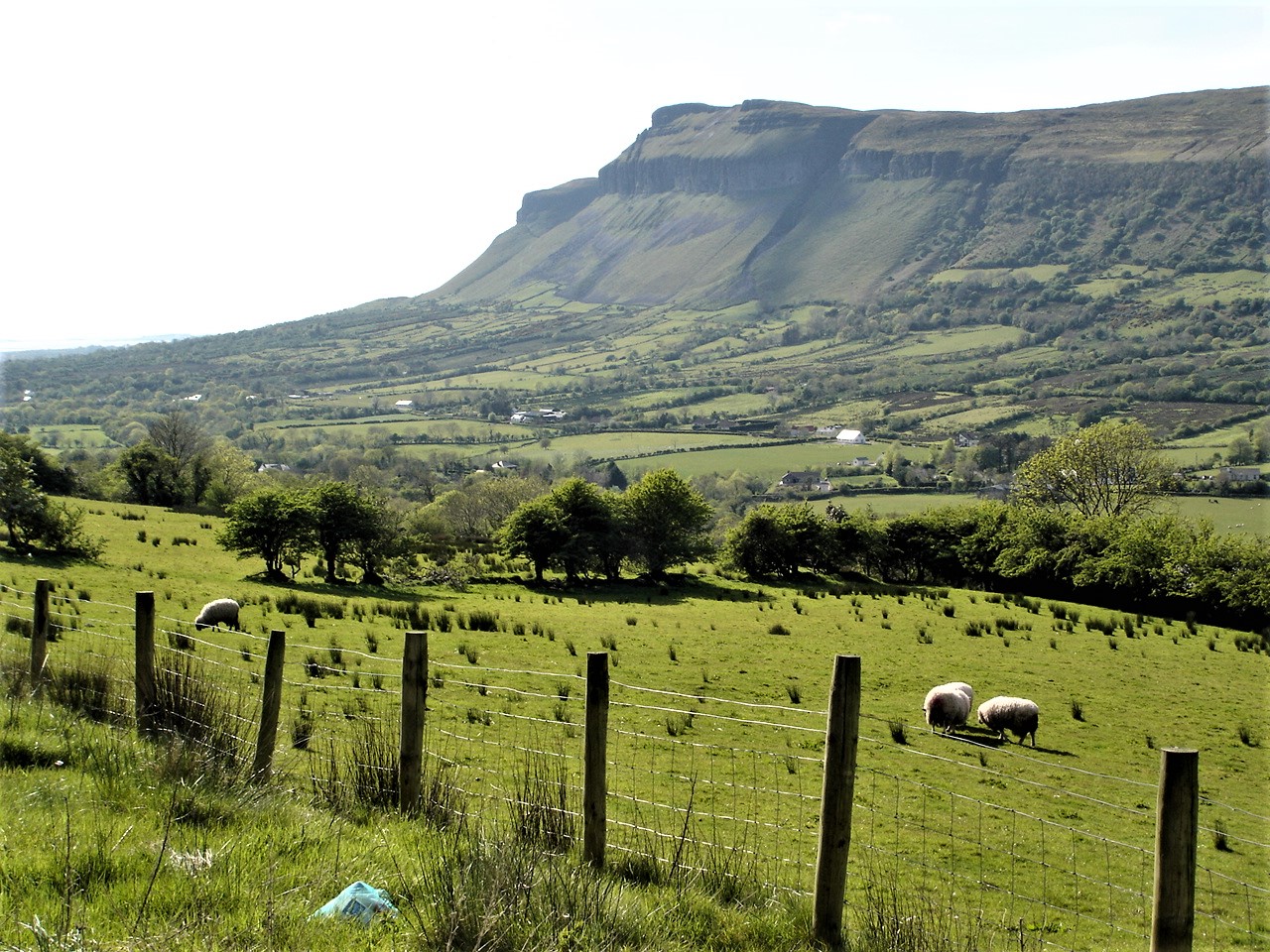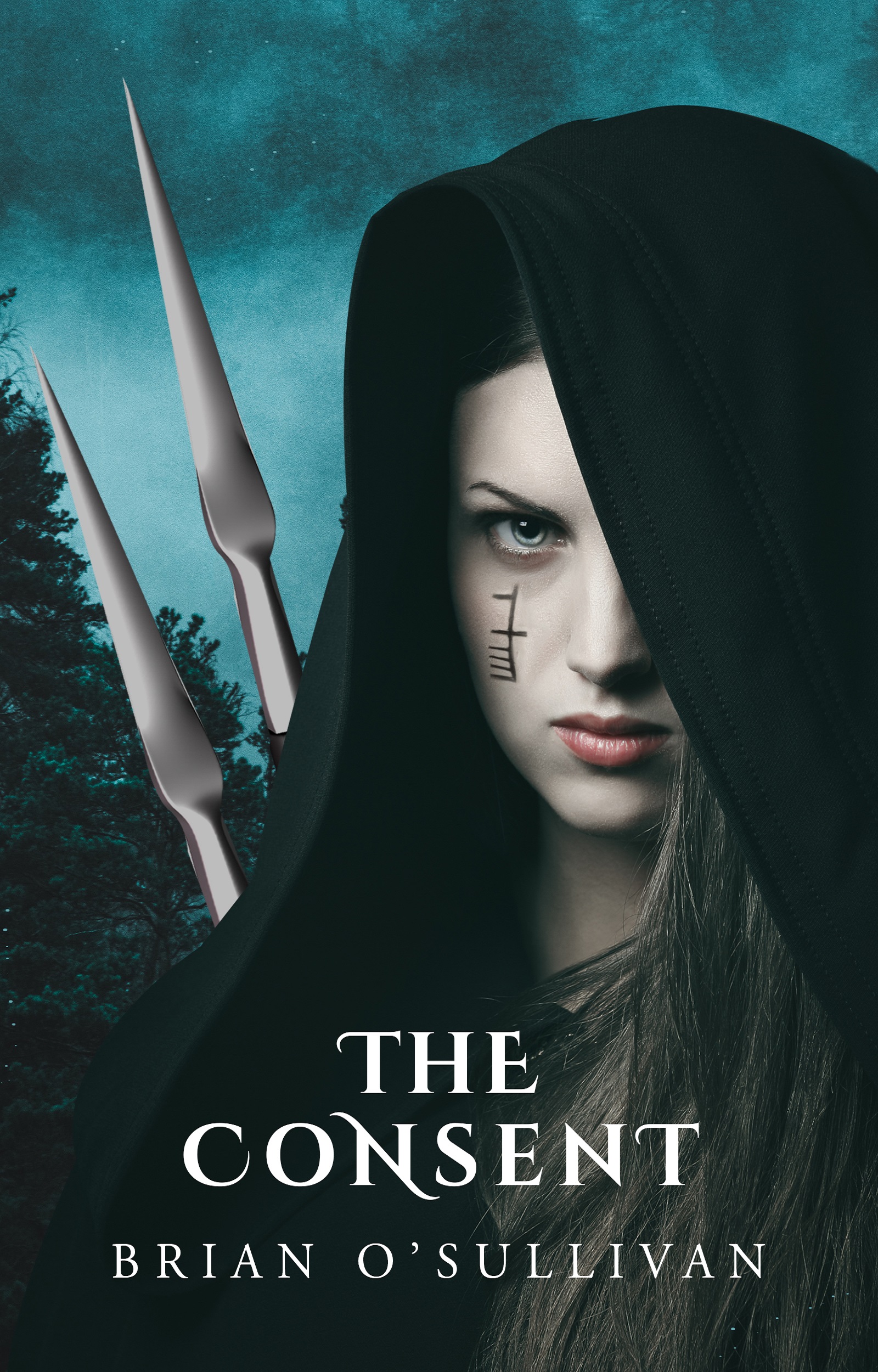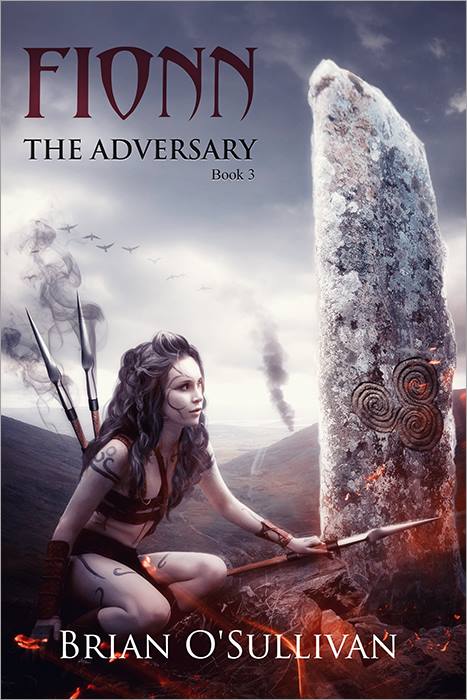
I got a bit of a shock today when a ‘Facebook Memory’ post alerted me to the fact that it was seven years since I’d published Fionn: The Adversary.
After that initial shock – and suddenly feeling very, very old – I was slightly mollified (and relieved) when I worked out that the post was actually referring to the online publication of the ‘cover image’ rather than the publication of the book itself … a mere (cough!) five years ago.
Despite the time that’s passed since publication, I do recall feeling a great sense of relief when I finally pressed the ‘release’ button and sent the finished product out into the void. As the third book in the series, Fionn: The Adversary completed the first of the two plot arcs I’d envisaged but it was something of a hard one to write due to the numerous plot lines and characters (and, of course, overlaps with the Liath Luachra Series where I had to be careful not to give too much away). It was also the last book I published with the limited stock photos I had available at the time (although the artist did a very good job in making it look far better than it probably should have).
Still, the post was an effective reminder that it has been a substantial time since I released anything in the Fionn mac Cumhaill Series and that it was well due another story. Fortunately, I can say that the next (the fourth in the series) will be out before Christmas. At this stage, I don’t have a working title but there will be more news in two to three months or so.

